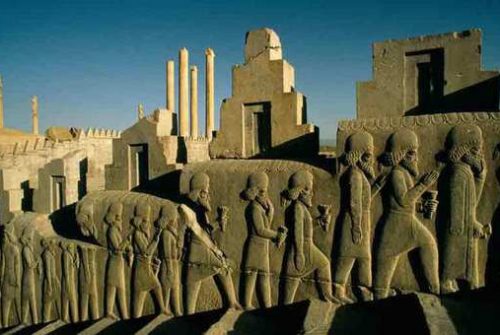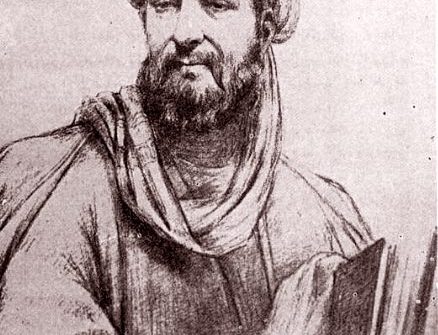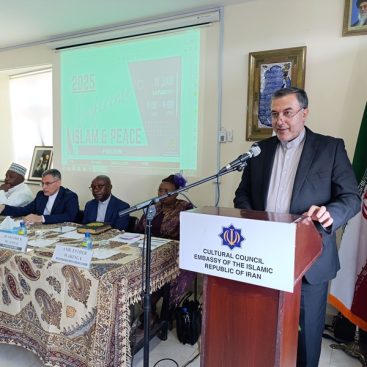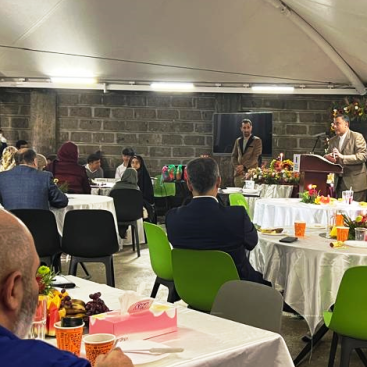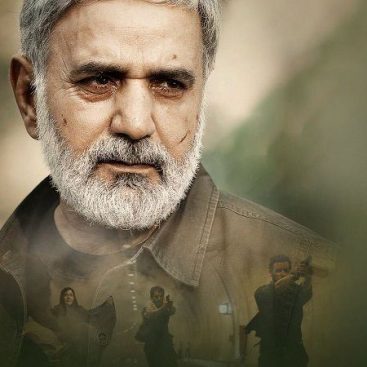KURNIATOTO
is working for the promotion of mutual understanding and cultural co-operation among peoples in Kenya and Iran in line with the principles of our cultural heritage.
Art & Culture of Iran
Iranian Architecture & Monuments
Architecture in Greater Iran has a continuous history from at least 5000BCE to the present.
Iranian Architecture & Monuments
Architecture in Greater Iran has a continuous history from at least 5000BCE to the present, with characteristic examples distributed over a vast area from Syria to North India and the borders of China, from the Caucasus to Zanzibar. Persian buildings vary from peasant huts to tea houses, and garden pavilions to "some of the most majestic structures the world has ever seen.
Recipes & Cuisines
Food in Iran is a fundamental part of Iranian heritage.
Iranian Recipes & Cuisines
Food in Iran is a fundamental part of Iranian heritage. Their ingredients reflect the geography of Iran, while the savor and colors accent the aesthetic tastes of Iranians. The cuisines are associated with so many social events -births, weddings, funerals; and many other ceremonies and rituals- that culinary traditions are intertwined with a country's history and religion.
Language & Literature
The Old Persian of the Achaemenian Empire, preserved in a number of cuneiform inscriptions.
Persian Language & Literature
Persian literature spans two and a half millennia, though much of the pre-Islamic material has been lost. Its sources have been within historical Persia including present-day Iran as well as regions of Central Asia where the Persian language has been the national language through history. As one of the great literature of mankind the Persian literature has its roots in surviving works in Old Persian or Middle Persian dating back as far as 522 BCE, the date of the earliest surviving Achaemenid inscription, the Bisotun Inscription.
Music
as evidenced by the archaeological records of the Fertile Crescent civilization of Elam.
Music of Iran
There are three instrumental forms and one vocal form in Persian music. The instrumental forms are pishdaramad, cheharmezrab, and reng. Pishdaramad was invented by a great master of the tar, Darvish Khan, and was inteded as a prelude to the daramad of a dastgah.
Culture & Education
The Culture of Iran is a mix of ancient pre-Islamic culture and Islamic culture
Culture of Iran
The culture of Iran is one of the oldest in the world. The culture of Iran is a mix of ancient pre-Islamic culture and Islamic culture. Iranian culture probably originated in Central Asia and the Andronovo culture is strongly suggested as the predecessor of Iranian culture ca. 2000 BC.
Persian Miniature
A Persian miniature is a richly detailed miniature painting which depicts religious or mythological themes
Persian Miniature
A Persian miniature is a richly detailed miniature painting which depicts religious or mythological themes from the region of the Middle East now known as Iran. The art of miniature painting in Persia flourished from the 13th through the 16th centuries, and continues to this day, with several contemporary artists producing notable Persian miniatures.
latest news
Stay ahead of the latest on our news desk.
Islam and Peace Seminar held in Nairobi
The event held on Saturday 11th January 2025 was attended by notable figures, including H.E. Dr. Ali Gholampour, the ambassador of the Islamic Republic of Iran in Nairobi; Dr. Ali Pourmarjan, the Iranian cultural counselor; Rev. Dr. Musindai Frederick from the Vatican; Sh. Salim Charo from the National Leaders Forum; Dr. Mohammed Bahaidar, CEO…
Yalda Night celebration held in Kenya
With the efforts of the Embassy of Iran Nairobi, the Iranian Cultural Council the Iranian Red Crescent Society, and the Iran House of Innovation (IHIT) Nairobi, Yalda Night celebration was held with the presence of Iranians living in Kenya and their families at IHIT Premises. Yalda Night is an ancient Iranian festival that basically celebrates…
Iranian Movie ‘Bodyguard’ Screened on K24 TV Kenya
On Friday 20th December 2024 Iranian Movie ‘Bodyguard’ was screened FROM 10.30 PM on K24 TV Kenya The movie, produced by Ehsan Mohammad-Hassani and directed by Ebrahim Hatamikia, reviews the story of a middle-aged bodyguard. It chronicles the story of a middle-aged man who protects high-ranking political figures. Bodyguard’ has so far been shown in…


